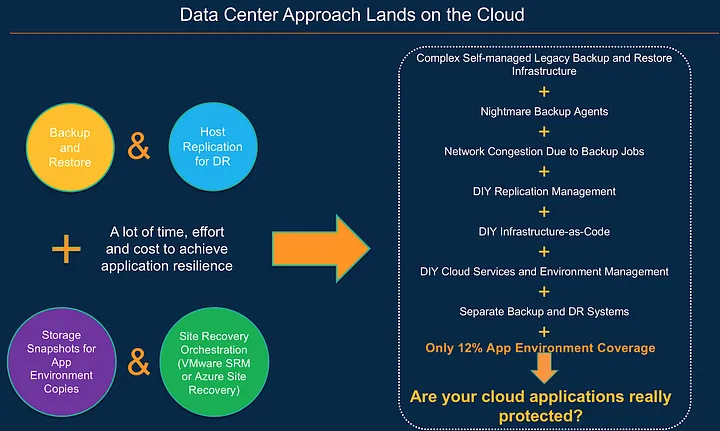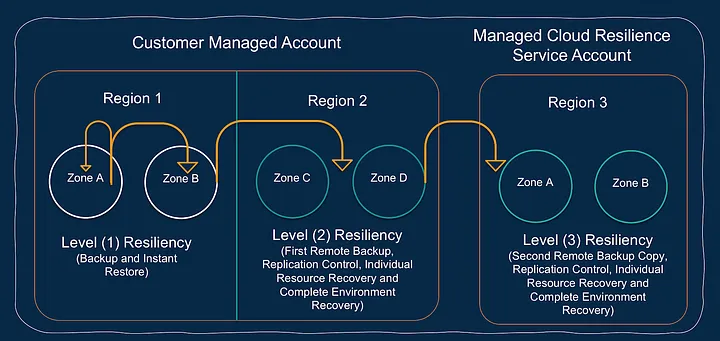
Why Cloud Landing Zones!
When you plan application migrations from your tried and true data centers to the cloud, setting up proper landing zones are key. These landing zones help you assess whether your applications can be optimized for performance, scalability, and availability while running on the shared, hyper-scaled, and software-defined public cloud infrastructure. Setting up these landing zones

and refining them properly will allow you to migrate more applications fast and in planned aggressive migration waves. Landing zones also allow you to use appropriate regional capabilities of the cloud providers depending on your application needs. Even monolithic applications that were designed specifically for your custom data center infrastructure can take advantage of the resiliency of the cloud IaaS quickly if organizations set up appropriate landing zones before starting mass migrations.
Infrastructure-as-Code (IaC) Dilemma and Complexity
Not a lot of organizations understand that moving to the cloud also changes the operating model to infrastructure-as-code based deployment, configuration, and other system operations. Even though cloud providers educate organizations that it is important to think about IaC, they also understand the complexity of writing the infrastructure code while also lifting and shifting the workloads as fast as possible, so, they do not push organizations to adopt IaC appropriately. Once the applications are somehow made to run on the landing zone, other operational systems — monitoring, patching, logging, configuration management, etc. are configured to take care of the migrated applications. So, when would be the right time to write the infrastructure-as-code? Well, “Never” because it is impossible to redeploy the entire infrastructure again for the same applications.

Data Lifecycle Management Nightmare on the Cloud
After moving data center applications over to the cloud, organizations inevitably move their legacy data management approach to the cloud as well. They tend to solve backup with legacy backup solutions with agents or buy a new solution just focused on the backup and restore. Since host replication approaches can not be achieved on the cloud due to the unavailability of the traditional virtualization hypervisors, host-based disaster recovery approaches can not be adopted on the cloud platforms. Disaster recovery is typically postponed until applications break down in the cloud landing zone. Additionally, bad application deployments and upgrades are tested by doing storage snapshots across the entire application groups. The same approach is followed manually on the cloud platforms, which leads to manual error-prone work with application-specific infrastructure-as-code. In the end, organizations completely fail to solve none of the use cases properly and create a nightmare situation for application resilience.

Achieving Cloud Application Resilience in any Landing Zone
Appranix allows organizations to migrate applications as fast as possible without worrying about protecting them with multiple levels of resilience. Appranix SaaS allows you to onboard, protect and test your application resilience over a coffee break. Achieve multiple levels of resilience, depending on the application architecture without ever worrying about the production environment configurations and changes. You can continue to add more applications to your primary landing zones in the same region and continue to use several cloud-native operations models, including policy-based operations or configuration changes using API, or direct cloud console or CLI or third-party cloud management tools. You can safely offload your resiliency nightmare over to Appranix Cloud Application Resilience to take care.

In fact, we are doing a live webinar on AWS well-architected on Application Resilience here. We would love to have you join us for an interesting discussion.


